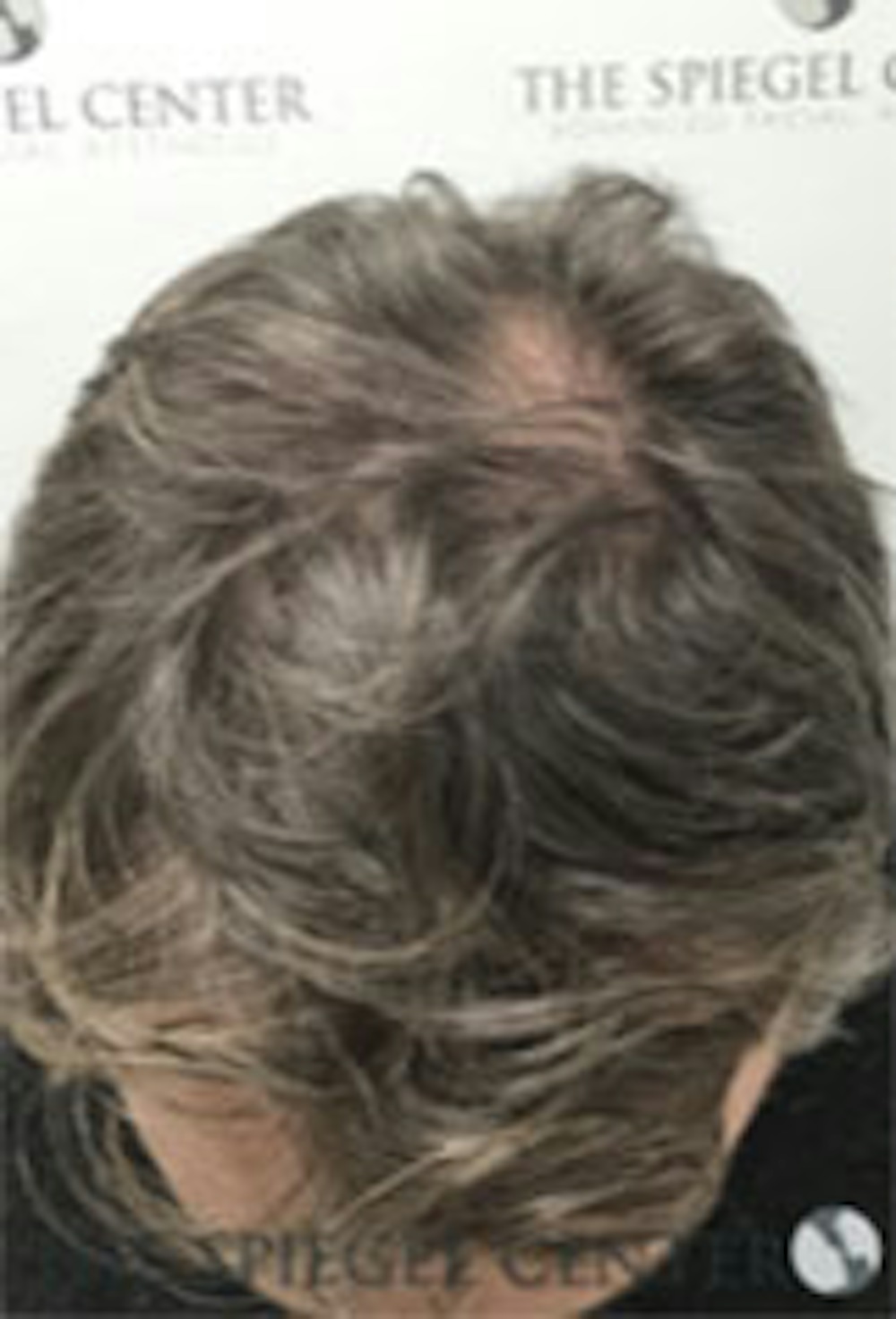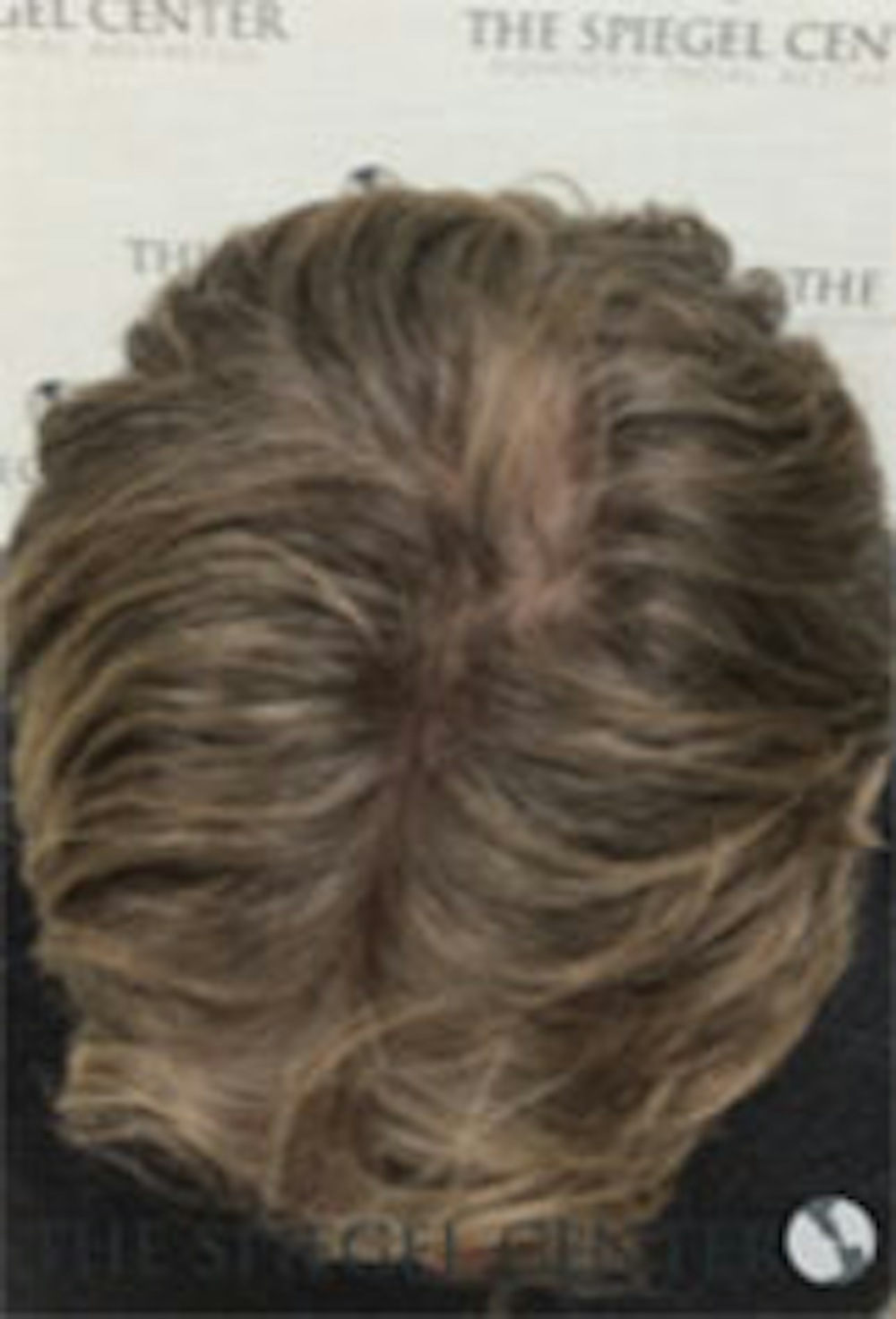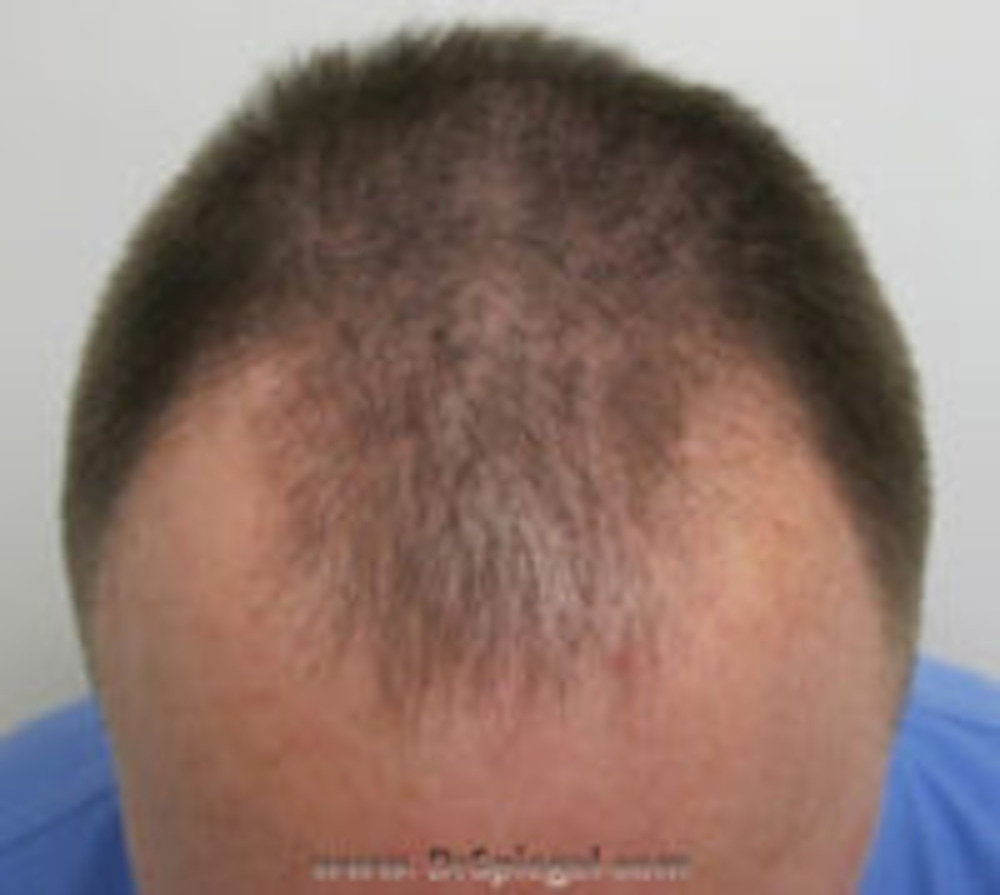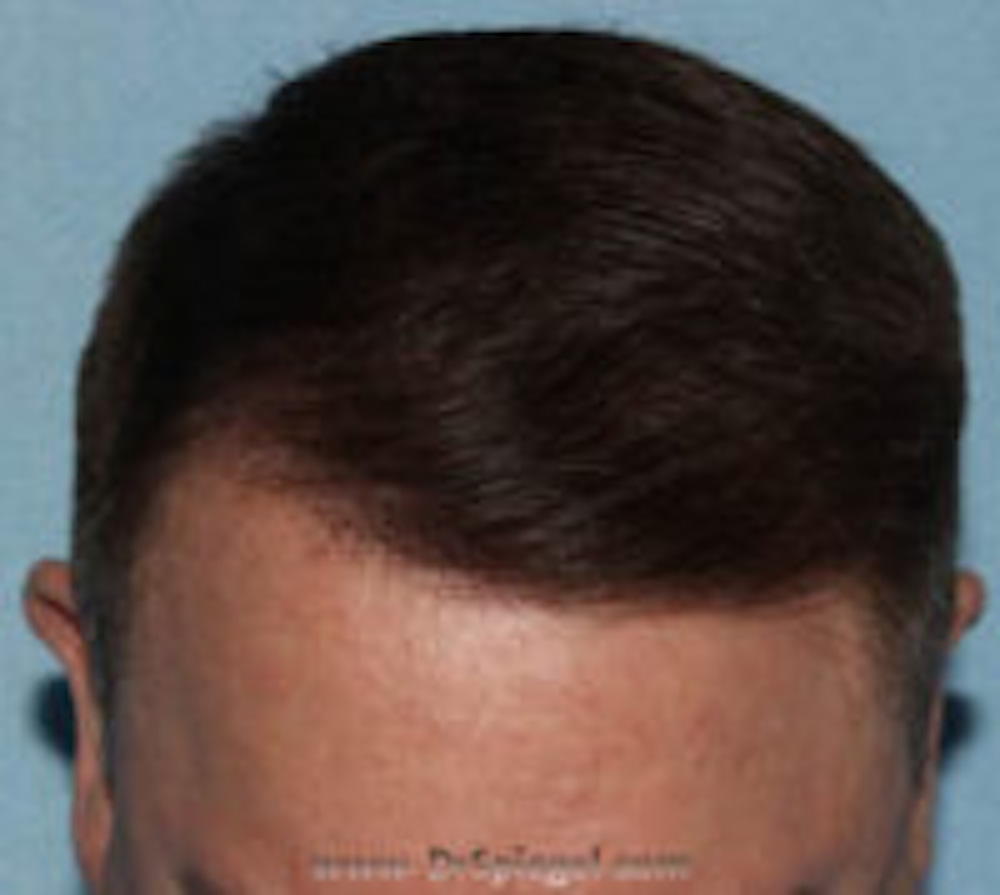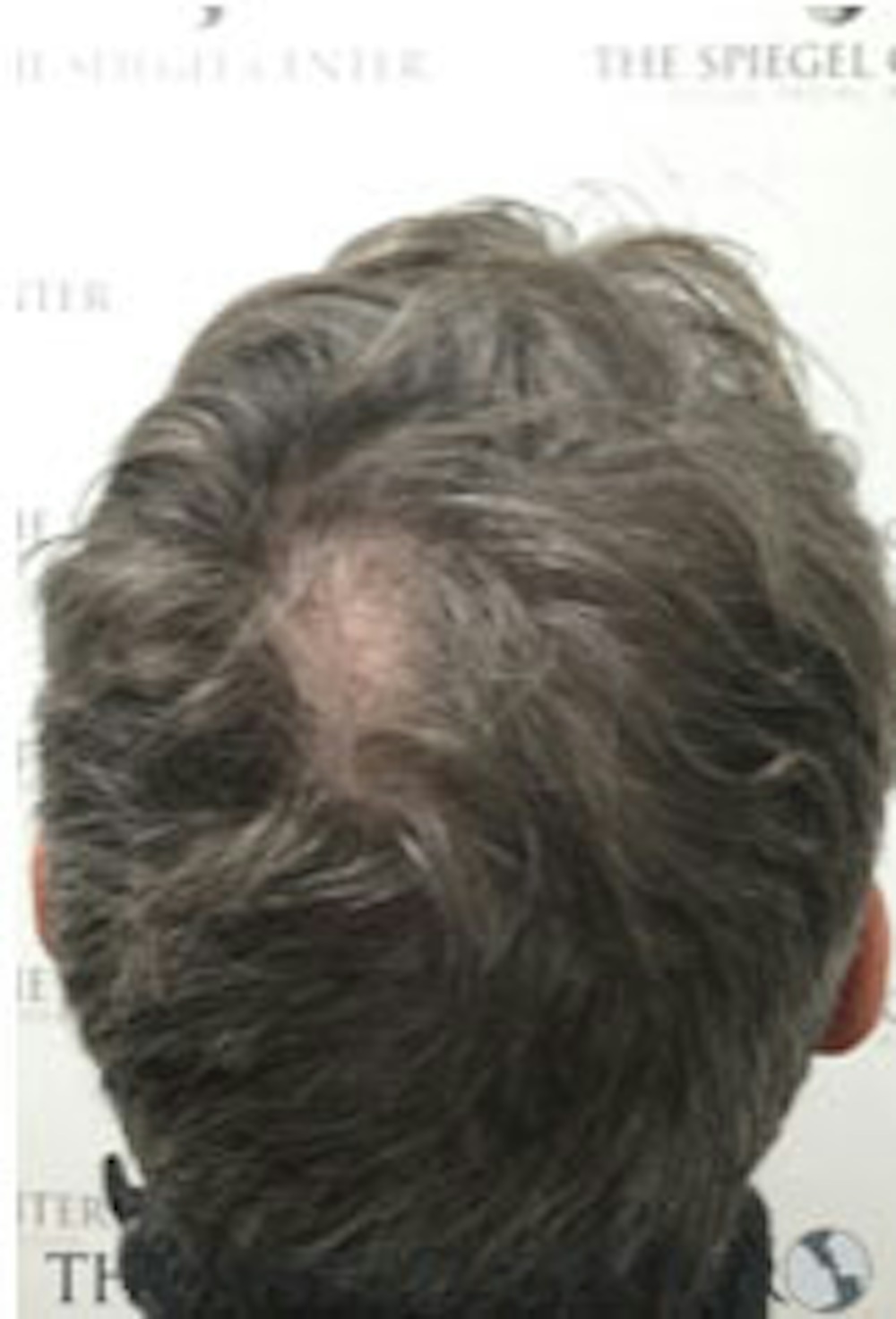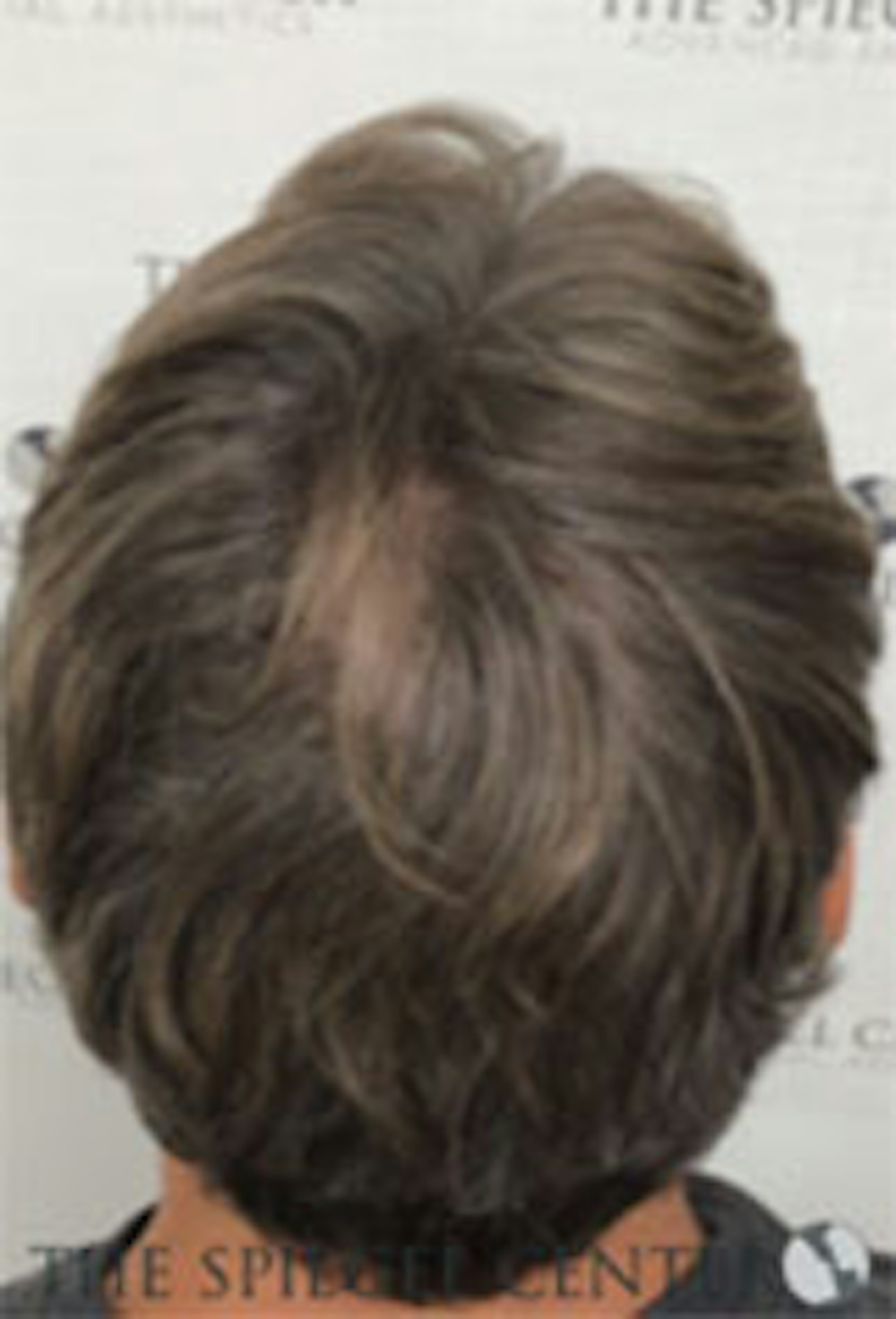We can help remove and restore hair through a variety of methods
Whether you have overly thin hair or have a receding hairline due to male pattern baldness, The Spiegel Center can help. Not too many years ago, hair restoration had less-than-desirable results. Small tufts (or plugs) of hair, like on a child’s doll, provided some coverage, but it did not look natural, and a wide scar on the back of the head limited hairstyles and slowed down healing.
Fortunately, this is not true anymore. Using the latest technology and harvesting machines (like Smartgraft™ or Neograft™), The Spiegel Center’s experts remove individual hairs from the back or side of your head and place them one by one where you need them. Imagine carefully removing single blades of grass from your backyard (you’d never miss them) and planting them in the front yard.
Yes, this follicular unit extraction (or FUE) method requires more focused attention, but we believe the results are worth the effort. Hair restoration is done in the office with just local anesthesia. You’ll sit in one of our comfortable chairs as we remove hairs where you have them in excess and place them where you want them. Bring headphones and your favorite music or podcast. It’s comfortable, and a little bit boring.





